Cantaloupes, known for their sweet, juicy flesh and distinctive netted rind, are among the most popular melons worldwide. Belonging to the Cucurbitaceae family, cantaloupes are prized for their refreshing taste, high water content, and impressive health benefits. While many countries cultivate this beloved fruit, one stands out globally for its massive production and reputation for high-quality cantaloupes. So, which country is famous for producing the most cantaloupes? Let’s explore the answer through this comprehensive article.
Introduction to Cantaloupes
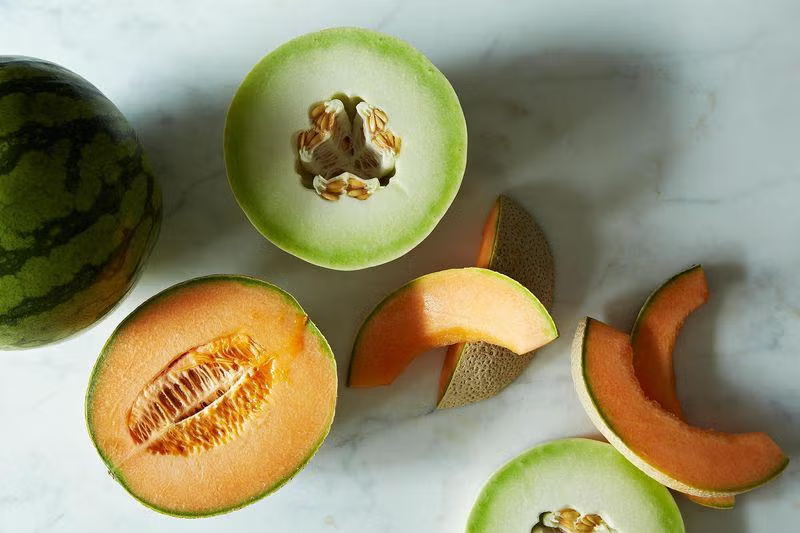
Cantaloupes (scientifically known as Cucumis melo var. cantalupensis) are warm-season fruits native to parts of Africa and Southwest Asia. Over time, they spread to Europe, the Americas, and Asia, becoming one of the most cultivated melons globally. In some regions, the term cantaloupe is synonymous with muskmelon.
The fruit typically has an oval to round shape, with firm, orange flesh encased in a rough, reticulated rind. Cantaloupes are cherished not only for their delicious taste but also for their rich content of:
- Vitamin A and C
- Potassium
- Antioxidants
- Dietary fiber
They are enjoyed fresh, in salads, smoothies, desserts, or simply chilled on hot days.
Global Cantaloupe Production Overview
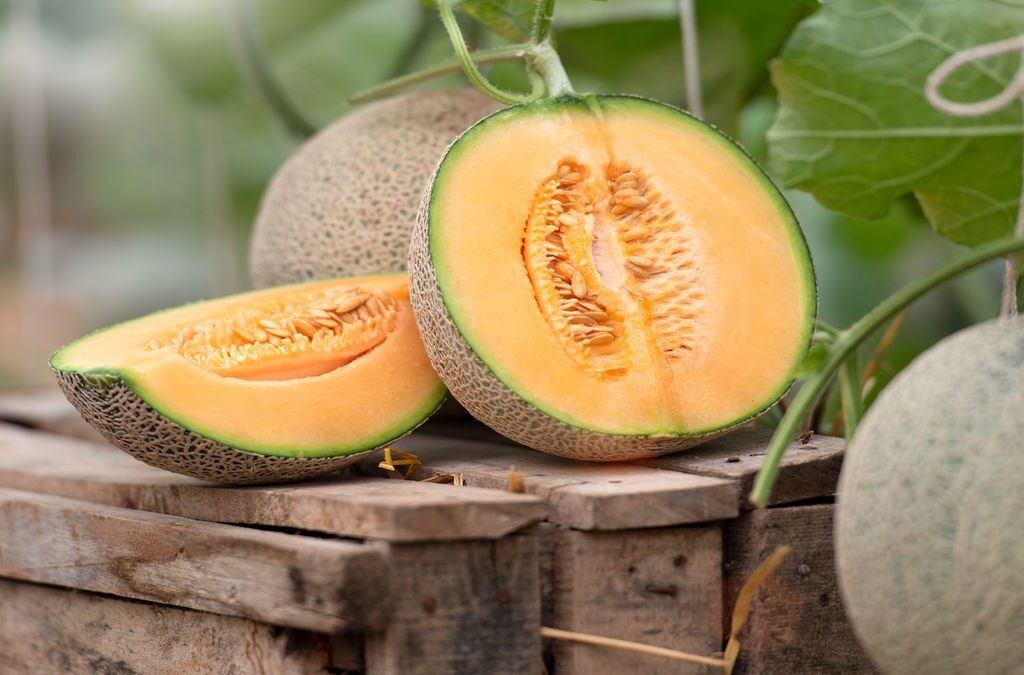
Cantaloupes thrive in warm, sunny climates with well-drained soils. As a result, countries in Asia, the Americas, and parts of Africa are major producers. Globally, the cantaloupe market has seen steady growth due to increasing consumer awareness of its health benefits and demand for hydrating summer fruits.
Leading cantaloupe producers include:
- China
- Turkey
- India
- Iran
- Egypt
- United States
- Spain
Among these, one country far surpasses the rest in both volume and reputation.
Which Country Is Famous for Producing the Most Cantaloupes?
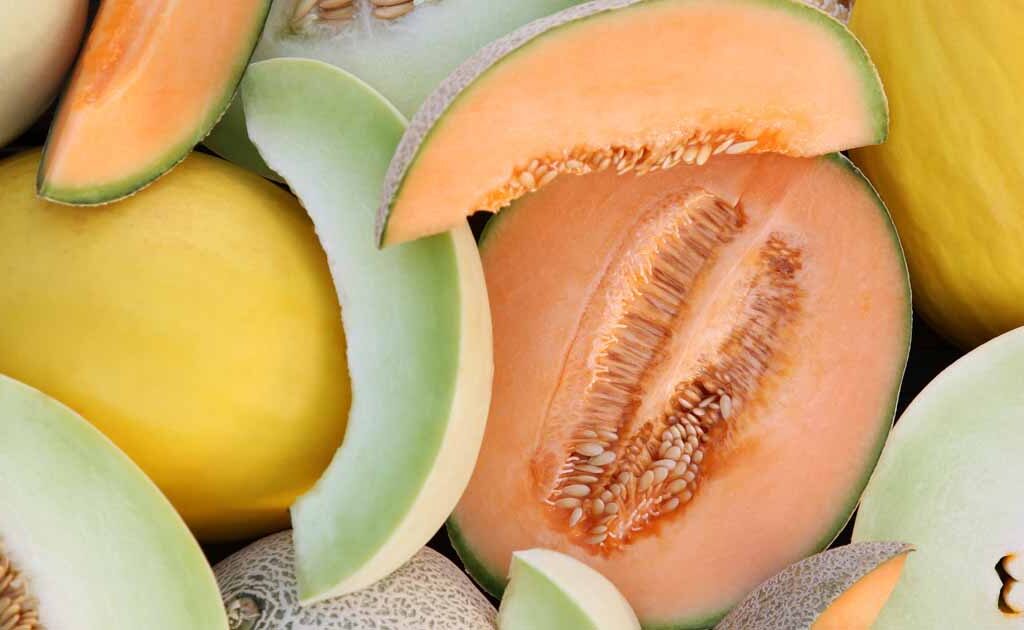
According to the Food and Agriculture Organization (FAO) and international agricultural market reports, China is famous for producing the most cantaloupes globally.
China’s Cantaloupe Production Highlights
- Annual Production: Over 12 million metric tons
- Global Market Share: Nearly 50% of the world’s total cantaloupe production
- Major Growing Regions: Xinjiang, Gansu, Inner Mongolia, Hebei, Shandong
China’s dominance in the cantaloupe industry is both historical and strategic. Not only does the country cultivate vast quantities of cantaloupes for domestic consumption, but it has also earned a reputation for producing some of the world’s sweetest and most aromatic cantaloupe varieties.
Why Is China Famous for Cantaloupe Production?
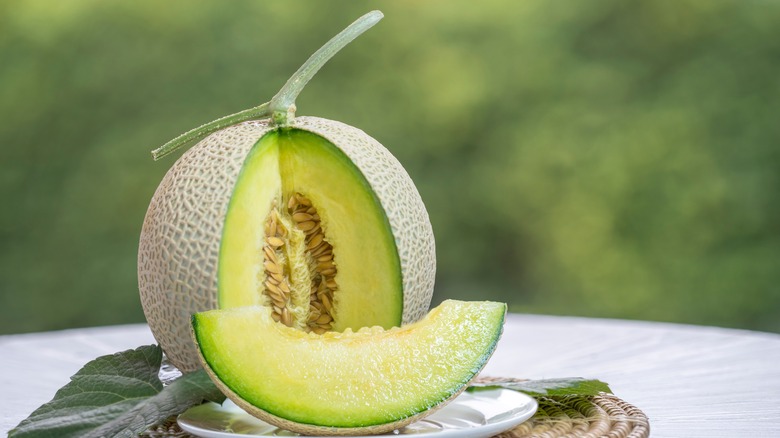
China’s global leadership in cantaloupe production can be attributed to several key factors:
Ideal Climate Conditions
Regions like Xinjiang boast dry, sunny days and cool nights — the perfect environment for cultivating premium-quality cantaloupes. This diurnal temperature variation enhances the fruit’s sweetness, aroma, and texture.
Large Cultivable Land Area
China’s expansive agricultural land allows for mass production of cantaloupes across several provinces, ensuring a consistent supply during the peak season.
Rich Agricultural Heritage
Cantaloupe cultivation in China dates back over 1,000 years, especially in the Silk Road regions like Turpan and Hami in Xinjiang. The famous Hami Melon, a type of cantaloupe with crisp, sweet flesh, is a celebrated delicacy known for its flavor and shelf life.
Government Support and Research
The Chinese government has invested heavily in agricultural research, developing disease-resistant, high-yielding cantaloupe cultivars suited to various climates.
Robust Domestic Demand
With over 1.4 billion people, China has a huge domestic market for fresh fruits. Cantaloupes are a popular summer fruit, commonly sold in local markets, supermarkets, and roadside stalls.
Other Major Cantaloupe Producing Countries
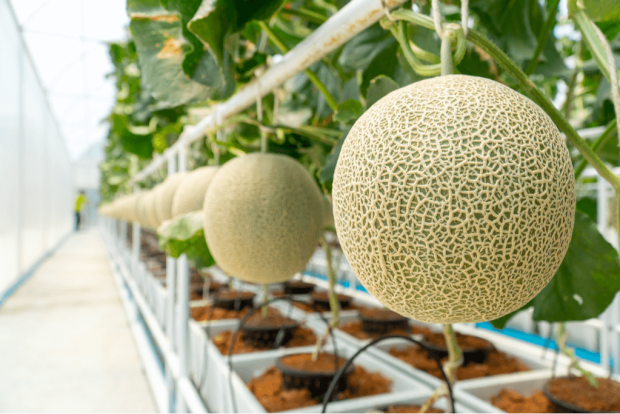
While China dominates the global cantaloupe industry, several other nations also contribute significantly:
2. Turkey
- Annual Production: Around 1.8 million metric tons
- Key Growing Regions: Central Anatolia, Aegean, and Mediterranean regions
- Notable Fact: Turkey is a major cantaloupe producer and consumer, exporting to Europe and the Middle East.
3. India
- Annual Production: Approximately 1.3 million metric tons
- Key Growing States: Uttar Pradesh, Punjab, Haryana, Maharashtra
- Notable Fact: In India, cantaloupes (known locally as kharbuja) are a popular summer treat.
4. Iran
- Annual Production: Around 1 million metric tons
- Key Regions: Kerman, Fars, Yazd
- Notable Fact: Iran grows several traditional cantaloupe varieties, prized for their sweetness and medicinal properties.
5. Egypt
- Annual Production: About 700,000 metric tons
- Key Growing Areas: Nile Delta and Upper Egypt
- Notable Fact: Egypt’s cantaloupes are among the top fruit exports to the Middle East and Europe.
6. United States
- Annual Production: Approximately 450,000 metric tons
- Key Regions: California, Arizona, Texas
- Notable Fact: The U.S. produces high-quality cantaloupes for domestic and international markets, especially during summer.
Popular Cantaloupe Varieties Worldwide
Cantaloupes vary in size, sweetness, and texture depending on the region and variety. Some of the most famous types include:
- Hami Melon (China): Noted for its crisp, ultra-sweet flesh and excellent shelf life.
- Charentais (France): Small, fragrant melons with rich orange flesh.
- Muskmelon (India): Sweet, aromatic, and juicy, widely consumed fresh.
- Cavaillon Melon (France): A celebrated variety with a sweet, floral aroma.
- Western Shipper (U.S.): A large, netted cantaloupe variety grown in California and Arizona.
Health Benefits of Cantaloupes
Cantaloupes are more than just delicious — they’re packed with nutrients and health-boosting compounds:
- Rich in Vitamin C: Supports immunity and skin health.
- High in Beta-Carotene (Vitamin A): Promotes good vision and protects against oxidative damage.
- Hydrating: Over 90% water content helps maintain hydration during hot weather.
- Good Source of Potassium: Regulates blood pressure and heart health.
- Low in Calories: Perfect for weight management and detox diets.
- Aids Digestion: Dietary fiber supports healthy gut function.
These health benefits contribute to the growing global demand for cantaloupes as both a food and wellness fruit.
Challenges in Cantaloupe Production
Despite its popularity, cantaloupe cultivation faces several challenges:
- Perishability: Cantaloupes are delicate and highly perishable, requiring careful handling.
- Pest and Disease Pressure: Susceptible to fungal infections and fruit borers.
- Climate Sensitivity: Requires consistent warmth and low humidity for optimal growth.
- Market Glut Risks: Overproduction during peak season can depress prices.
Many countries are investing in controlled-environment farming, improved post-harvest handling, and cold chain logistics to address these challenges.
Future Prospects in Cantaloupe Production
The global cantaloupe market is expected to grow steadily, driven by:
- Rising health awareness
- Preference for natural, hydrating fruits
- Expansion of retail supermarkets and online fresh produce platforms
- Innovations in hybrid varieties with longer shelf lives and enhanced sweetness
China, with its leadership in production, research, and export capabilities, is well-positioned to maintain its dominance in the coming decades.
Conclusion
China is the world’s largest and most famous cantaloupe producer, contributing nearly half of the global supply. Favorable climatic conditions, vast cultivable land, a rich agricultural tradition, and rising domestic demand have cemented China’s position at the top.
While countries like Turkey, India, Iran, Egypt, and the United States also play significant roles in global cantaloupe production, none match China’s scale and reputation. With increasing awareness of cantaloupes’ health benefits and global consumption trends, production and trade are poised for steady growth worldwide.
As one of nature’s most refreshing and nutrient-rich fruits, cantaloupes will continue to hold a valued place in markets, kitchens, and farms around the world.




Leave A Comment